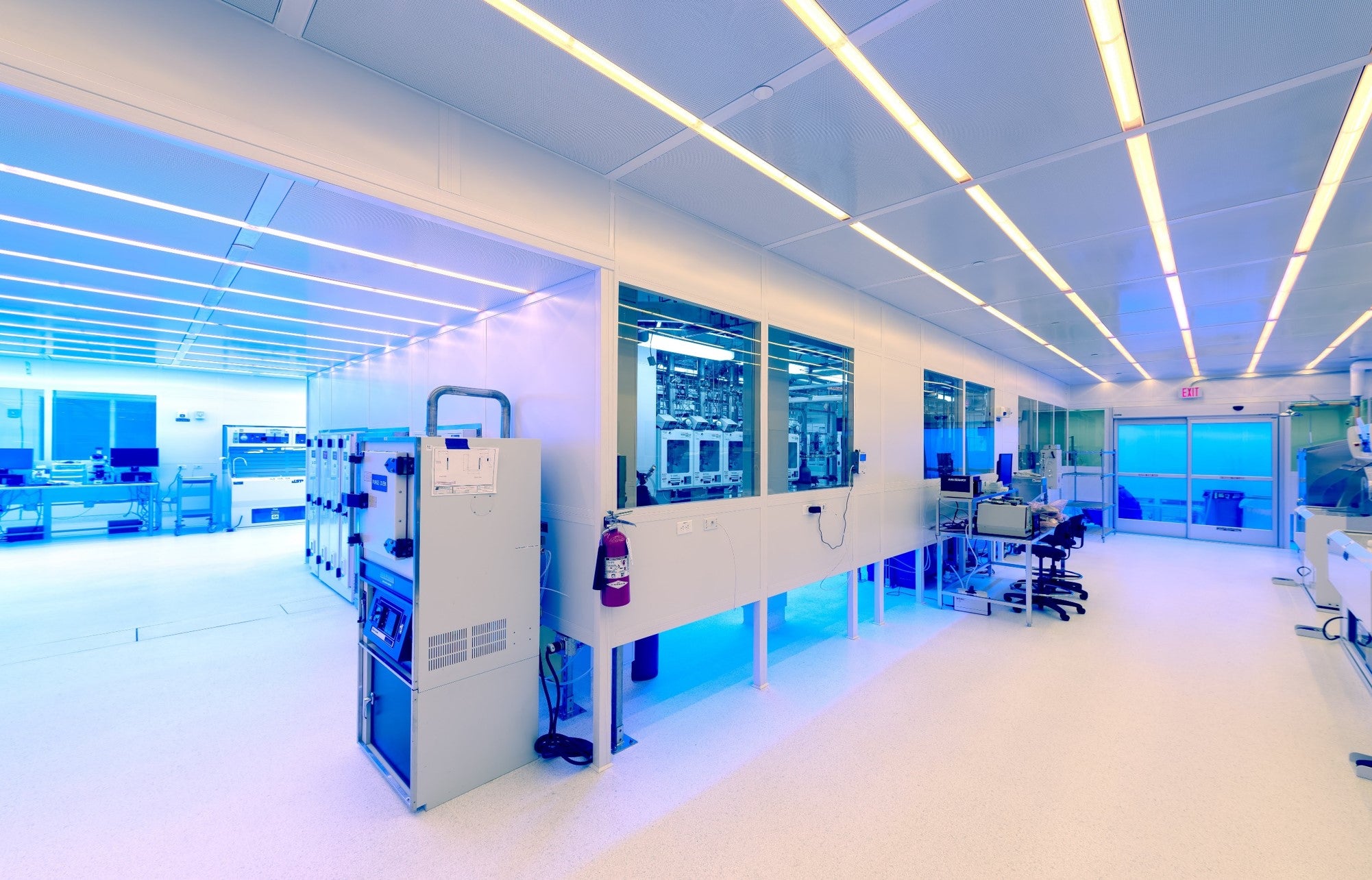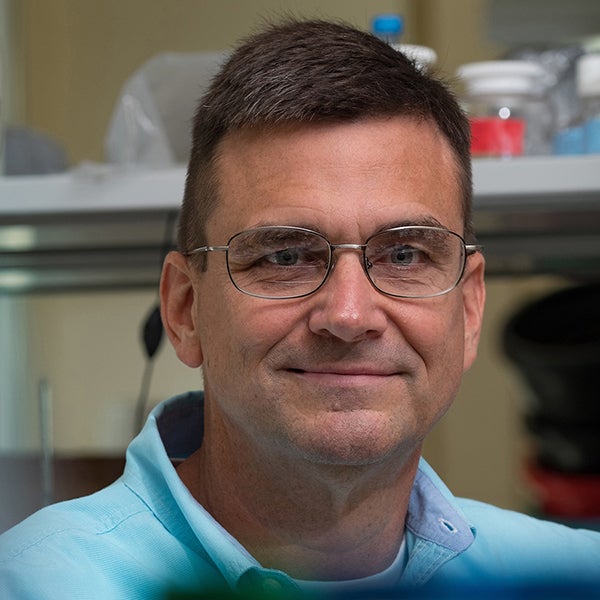The Shared Equipment Authority (SEA) supports and provides state-of-the-art research equipment capabilities for Rice University and the extended Rice Community. James McNew, Ph.D., serves as the Chair of the SEA Board, and Angelo Benedetto serves as the Director of Operations.
What is the SEA and how can faculty be involved?
The Rice University Shared Equipment Authority (SEA) is a University-wide equipment acquisition and management service started in 2001. Its origins revolve around large equipment needs and ongoing management, use, and training. The SEA is managed by a faculty board appointed by the Vice Provost for Research. Faculty can be involved with the SEA at many levels including instrument use, hosting shared equipment in their research laboratories, requests for new instrumentation, as well as serving on the faculty board.
What are the latest equipment additions, and what are the most commonly used equipment?
The SEA currently manages over 120 pieces of equipment across a large spectrum of science and engineering. Several new suites of instruments have been recently added to the SEA from the Synthetic Biology Initiative. These instruments include three cell sorters/flow cytometers, and a state of the art Zeiss Elyra 7 with lattice illumination pattern for 3D structured-illumination (SIM) imaging. Additionally, we recently expanded our confocal microscopy capability with addition of a new Zeiss LSM 800 confocal microscope with a super resolution Airyscan detector. SEA has also recently added 3 new Mass Spectrometers, providing a range of capabilities. Most recently, the efforts of several principal investigators, primarily the former chair of the SEA, Dr. Lisa Biswal, resulted in the acquisition of a Lumicks C-Trap Optical Tweezer instrument funded through a Major Research Instrumentation (MRI) grant from the National Science Foundation.
Many instruments within the SEA portfolio receive heavy use. The instrument classes that are the most heavily used are the surface analysis suite including X-ray photoelectron spectroscopy, the electron microscopy suite, the optical microscopy suite, and the nanofabrication cleanroom facility.
What are the features of the cleanroom at the Rice Nanofabrication Facility?
The Rice Nanofabrication Facility (RNF) opened in January 2019 in the basement of the Space Science and Technology building and consists of more than 2800 sq ft of Class 100 (ISO 5) process bays, with more than 3000 sq ft of back end work space and service chases. Additionally, auxiliary support spaces house dedicated facilities supplying HVAC, ultra high purity compressed gases, and electronic grade ultrapure water. The RNF is an essential core lab facility that leverages a suite of research-scale semiconductor industry tools to enable device fabrication for such diverse applications as materials science, microelectronics, microfluidics, nanotechnology, neuroengineering, and photonics. The RNF supports over 120 unique users per calendar year from 10 departments across the schools of engineering and natural sciences, representing over two dozen faculty stakeholders from Rice alone, plus more from other institutions of the Texas Medical Center, the University of Houston, and the commercial sector.
What is the process for requesting new equipment to be added to the SEA?
The SEA adds new instruments to its portfolio by adoption of existing equipment presented to the board by Rice Faculty or by requests for new instruments through a proposal call to the general Science and Engineering community. In both cases the instruments are evaluated for their degree of shared usage, delivery of unmet needs, and their ability to be managed and trained by SEA staff. The SEA Faculty Board ultimately makes the adoption and funding decisions.
Can external users use the SEA?
Absolutely. We have many external users from both academia and industry. Academic partners can utilize SEA facilities at the same rate as Rice faculty while for profit industrial partners are charged a higher fee.
SEA instrumentation is an integral part of my research studies. How should faculty acknowledge the SEA in an article?
All users are required to acknowledge the SEA support on publications and presentations, in the form of “acknowledge the support of the Shared Equipment Authority at Rice University.” Additionally, users may wish to acknowledge specific SEA staff or instruments.
In what areas do you see growth in available SEA instrumentation in the near future?
The goals of the SEA are to respond to the instrumentation needs of all Rice Faculty members. This certainly includes recent areas of focus such as neuroengineering, synthetic biology and the recently announced Quantum Initiative in addition to our general focus in Natural Science and Engineering.


